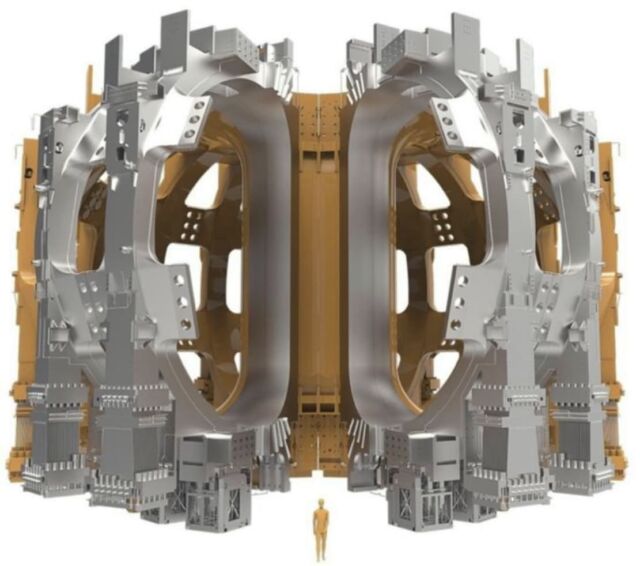 ITER Fusion complex Magnet System. ITER
ITER Fusion complex Magnet System. ITER
The historic ITER fusion energy project completes its most complex magnet system.
After twenty years of designing, producing, fabricating, and assembling across three continents, the multinational ITER fusion energy project celebrates the completion and delivery of its massive toroidal field coils from Japan and Europe.
Nineteen enormous toroidal field coils have arrived in southern France. These coils are crucial for ITER, an experimental fusion mega-project that aims to mimic the Sun and stars’ power process using magnetic confinement to provide Earth with light and warmth.
Japan’s Minister of Education, Culture, Sports, Science and Technology, Masahito Moriyama, and Italy’s Minister of Environment and Energy Security, Gilberto Pichetto Fratin, will join other officials from ITER member countries at the ceremony.
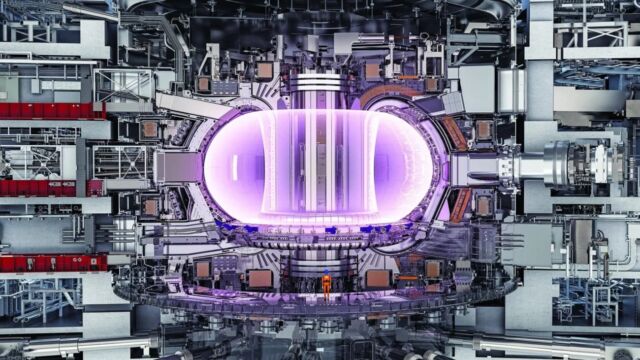 An illustration of the ITER tokamak containing a plasma. Illustration Oak Ridge National Laboratory
An illustration of the ITER tokamak containing a plasma. Illustration Oak Ridge National Laboratory
Fusion research seeks to create a safe, abundant, and environmentally friendly energy source.
The D-shaped toroidal field coils will surround the ITER vacuum vessel, a donut-shaped chamber known as a tokamak. Light atomic nuclei will fuse inside this vessel to form heavier ones, releasing significant energy.
The fuel for this fusion reaction is a mix of deuterium and tritium, two forms of hydrogen. This fuel will be injected as a gas into the tokamak. An electrical current will transform the gas into ionized plasma – the fourth state of matter, consisting of nuclei and electrons.
The plasma will be heated to 150 million degrees, ten times hotter than the Sun’s core. At this extreme temperature, atomic nuclei collide and fuse. To shape, confine, and control this hot plasma, the ITER tokamak will create an invisible magnetic cage, precisely matching the metal vacuum vessel’s shape.
ITER involves over 30 partner countries: the European Union, China, India, Japan, Korea, Russia, and the United States. Most of ITER’s funding comes as contributed components. This arrangement encourages companies like Mitsubishi Heavy Industries, ASG Superconductors, Toshiba Energy Systems, SIMIC, and CNIM to advance their expertise in cutting-edge fusion technologies.
source ITER


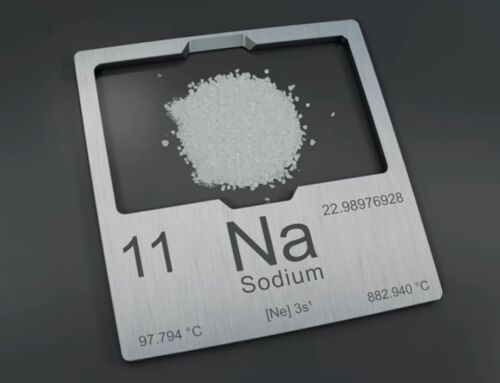
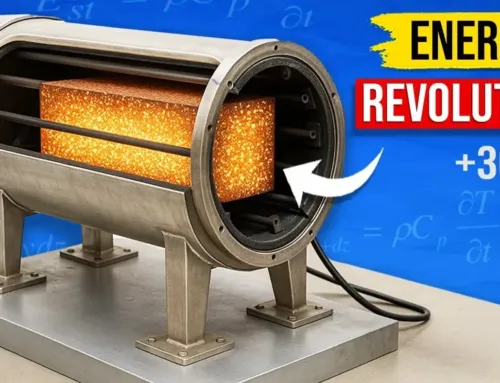
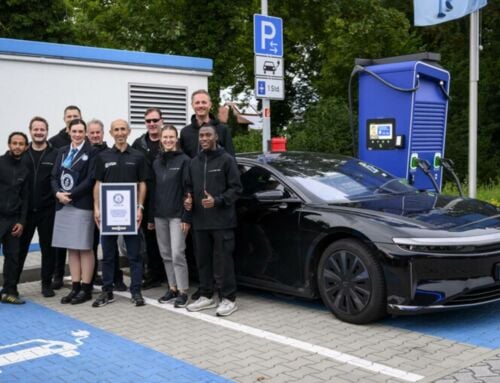
Leave A Comment